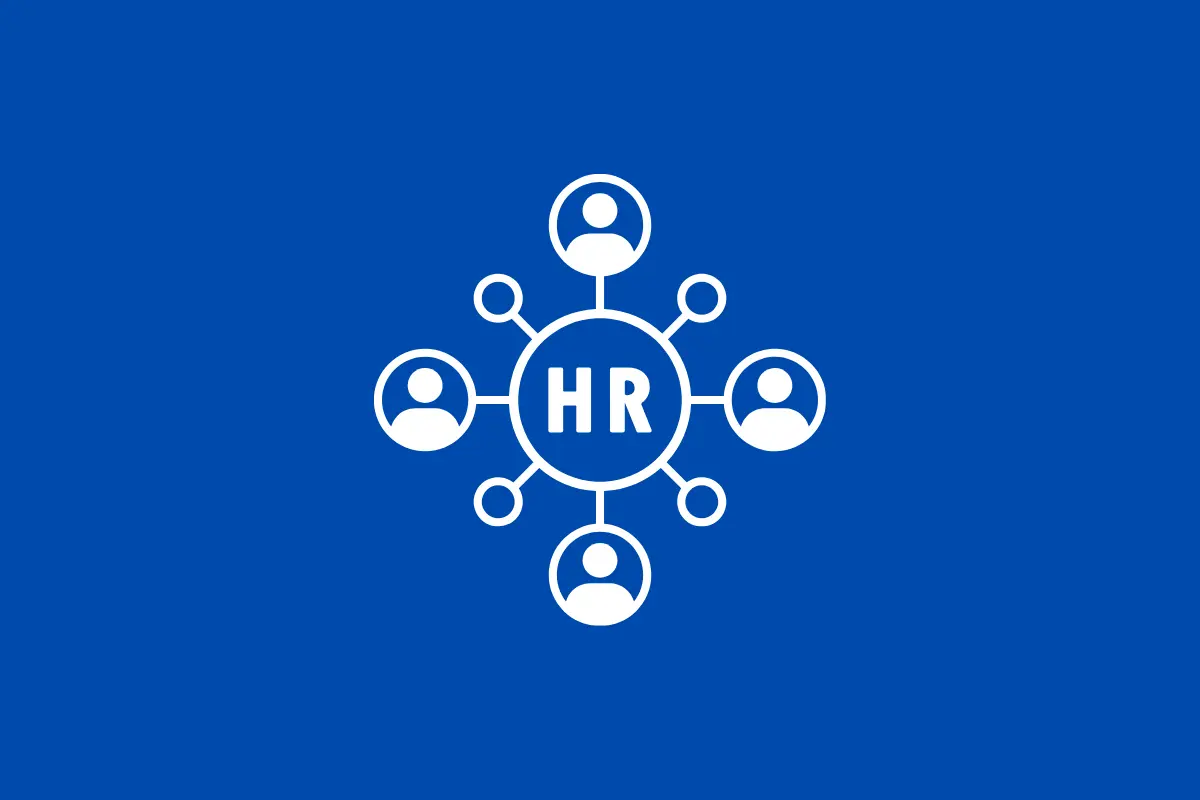How Cloud-Based HCM Solutions Can Streamline HR Processes for Small Businesses

HR cloud tools are easy to use, clean, and accessible from any device. They also include documentation and customer support to ensure your team can get the most out of the system.
They’re also scalable, so your organization can easily adjust the number of users without investing in additional infrastructure or hiring IT staff to install software updates.
All-in-One HR Solution
A top-rated HR solution with many features that make it useful for small businesses. It’s a payroll app and a human resource information system (HRIS) with recruiting, performance management, career development, and onboarding tools. It also has an employee portal with self-service features and a mobile app for employees to clock in or access their benefits. This gives employees the option of on-demand payroll, flexibility in getting paid, and autonomy over their benefits and schedules.
Workflows in HCM solutions help HR teams automate processes and reduce the back-and-forth involved. For example, instead of tracking and manually approving all certification expirations, HR can set up the system to do it automatically. This frees up time for HR to think strategically.
As an extra perk, an HCM solution offers a business owner or HR manager a dedicated, certified HR professional to answer questions and provide guidance when needed. This touch can help ensure the system is used effectively, and employees understand how to use the platform best.
While it’s not a full-fledged benefits management software program, the HCM solution does offer robust online reporting and analytics that allow users to track and measure metrics like cost per hire, revenue per employee, or absentee rates. This makes it easier to identify workforce trends and proactively address them.
Online Payroll
HCM solution isn’t a standard payroll service but offers more utility than typical payroll software with features like onboarding, career and talent management, and on-demand pay. While it doesn’t have built-in time tracking, you can add that capability through a separate system. However, HCM solution custom pricing doesn’t give business owners a clear view of how much the extra tools will cost, and it has more payroll fees than many competitors.
The company handles all initial product setups and provides training for new users before they go live with the solution. In addition, it has a wide variety of resources that cover everything from fundamental HR issues to the latest best practices.
Streamlined data entry can save businesses significant amounts of time and money each payroll cycle, and the HCM solution platform, like Paycom API, makes it easy to keep up with compliance regulations. Its reporting and analytics features also help businesses make informed decisions about their workforce. For example, analyzing turnover rates can help managers identify which departments are losing employees and take steps to prevent future losses. The system lets users visualize data through various formats, including trend charts, tables, and bubble grids. This helps to make data more accessible for teams to understand and share. In addition, the solution allows users to automate calculating overtime and managing employee shifts.
Employee Self-Service
HCM solution is a complete HR software solution that includes employee self-service (ESS). This feature helps employees manage their data and reduces the workload for an HR team. It also allows employees to access payroll information, deductions, and time-off policies via a unified system. This makes them feel more empowered and in control of their HR data, boosting job satisfaction and workforce productivity.
Aside from empowering employees, self-service also streamlines the workflow for HR teams and saves company costs. This is because the software eliminates manual updates and hardware maintenance. Furthermore, cloud-based software is updated automatically. It also allows for faster deployments of new features and reduces the need to rely on IT personnel to install upgrades.
Moreover, the cloud offers greater computing power and flexibility. This translates into better analytics, faster processing, and more manageable implementations of new tools and features. For example, cloud-based HCM solutions are no longer bottlenecked by the capacity of servers and can support multiple users simultaneously. This enables more efficient HR processes and frees up time for employees to focus on more strategic projects like recruitment. This gives companies a competitive edge to attract top talent and accelerate business growth.
Analytics
Whether fixing schedules, communicating with job applicants, or verifying payroll data, HR teams need real-time access to the information they need. Isolated systems create a barrier to efficiency and productivity, increasing the risk of errors.
HR solutions incorporating automation and providing a single platform for all HR functions can save organizations time and money. They eliminate the need for multiple software systems, saving on licensing fees and IT resources. They also simplify the payroll process, which can reduce compliance risks and fines for late or inaccurate payments.
An applicant tracking system (ATS) can help streamline the recruiting process, including posting job ads, tracking applicants, and monitoring hiring progress. It can also automate the new hire paperwork and onboarding processes, reducing manual effort and errors.
Moreover, it can provide employees with a self-service portal to view internal announcements, pay stubs, and benefits information. This can further cut down on the workload of HR managers, who can then focus on more strategic tasks. In addition, cloud-based HRMS solutions are scalable and allow users to add or remove modules as they grow. They are also secure, as most offer robust encryption methods and multi-factor authentication for data protection.






